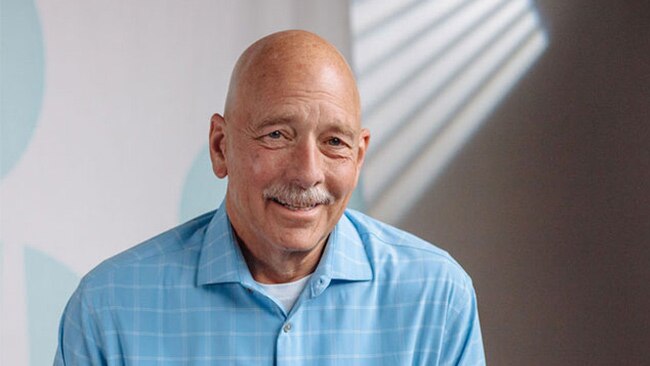How one man's triathlon training revealed 2 serious heart problems
When his smartwatch told Jim McDonald something was wrong with his heart, the Kaiser Permanente cardiology department was there — from diagnosis through rehab.

Jim McDonald is feeling better than he has in years and credits Kaiser Permanente’s cardiac team for his lifesaving care.
When Jim McDonald turned 70, he decided to try something new — a triathlon. That choice led to a surprising discovery: He had 2 serious heart problems.
He says he’s alive today thanks to the expert care he got at Kaiser Permanente — and a watch he bought.
A smartwatch reveals a major heart issue
McDonald lives in Beaverton, Oregon, and runs a mechanical contracting business. He’s been physically active most of his life. When he started training for the triathlon, he bought a fitness smartwatch to track his workouts.
The watch showed something strange. His resting heart rate was only 35 beats per minute — about half of what’s normal for adults. McDonald had felt more tired in recent years but thought it was just part of getting older. He had not seen his doctor in a while, so he went in to get his heart checked.
After talking with his doctor and undergoing some tests, McDonald was sent to a heart specialist. He was diagnosed with aortic stenosis — a condition in which the valve that sends blood from the heart to the body is too narrow.
But that wasn’t the only problem.
Care team acts quickly to remedy heart block
Before a heart test called an angiogram, a nurse saw something unusual on the monitor. She found that McDonald also had a third-degree heart block. This condition slows down blood flow and can cause fainting, heart failure, or even death.
The heart team at Kaiser Permanente Sunnyside Medical Center acted fast. They stopped the planned test and did an emergency procedure to insert a temporary pacemaker. Later that same day, they placed a permanent one.
“The nurse saved my life — twice,” McDonald said. “First, when she spotted the heart block and called the team. And again,” he said, jokingly, “when she reminded me to call my wife to let her know what was happening.”
Once McDonald was stable, he met with Keaton Nasser, MD, and other heart doctors to talk about treatment. Together, they chose a TAVR procedure. TAVR is short for transcatheter aortic valve replacement, and it’s a way to fix a damaged valve without open-heart surgery.
The results were fast and life-changing.
The nurse saved my life ... when she spotted the heart block and called the team. Jim McDonald
“I couldn’t sleep that first night because I had so much energy,” McDonald said. “My heart was working at only 15% to 20% before. Now, it’s 100%. That’s a big change.”
Dr. Nasser said that type of improvement is common. He encourages people to talk to their doctor if something feels off.
“Symptoms related to heart issues can include tiredness, fainting, shortness of breath, chest pain, or pressure,” he said.
Recovery and renewed energy
Today, McDonald stays in touch with his heart care team. He has joined Kaiser Permanente’s virtual cardiac rehab program, a home-based rehabilitation program, and receives support and guidance from his care team from the comfort of his home.
“I feel better than I have in years,” he said. “The follow-up care has been amazing.”
McDonald hasn’t finished that triathlon yet, but he’s getting stronger and plans to train again soon.
For now, he’s happy to walk his dog longer and mow his own lawn.